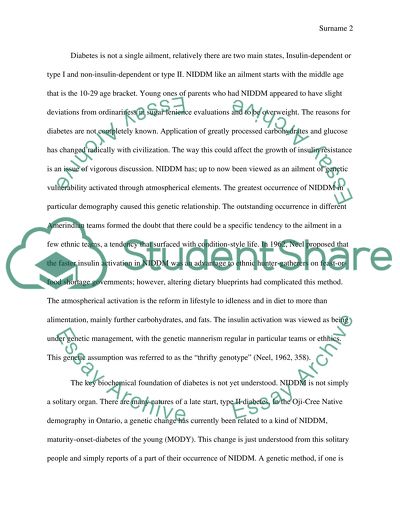Cite this document
(“Relationship between thrifty genotype hypothesis and diabetes Essay”, n.d.)
Relationship between thrifty genotype hypothesis and diabetes Essay. Retrieved from https://studentshare.org/health-sciences-medicine/1495981-relationship-between-thrifty-genotype-hypothesis-and-diabetes
Relationship between thrifty genotype hypothesis and diabetes Essay. Retrieved from https://studentshare.org/health-sciences-medicine/1495981-relationship-between-thrifty-genotype-hypothesis-and-diabetes
(Relationship Between Thrifty Genotype Hypothesis and Diabetes Essay)
Relationship Between Thrifty Genotype Hypothesis and Diabetes Essay. https://studentshare.org/health-sciences-medicine/1495981-relationship-between-thrifty-genotype-hypothesis-and-diabetes.
Relationship Between Thrifty Genotype Hypothesis and Diabetes Essay. https://studentshare.org/health-sciences-medicine/1495981-relationship-between-thrifty-genotype-hypothesis-and-diabetes.
“Relationship Between Thrifty Genotype Hypothesis and Diabetes Essay”, n.d. https://studentshare.org/health-sciences-medicine/1495981-relationship-between-thrifty-genotype-hypothesis-and-diabetes.


